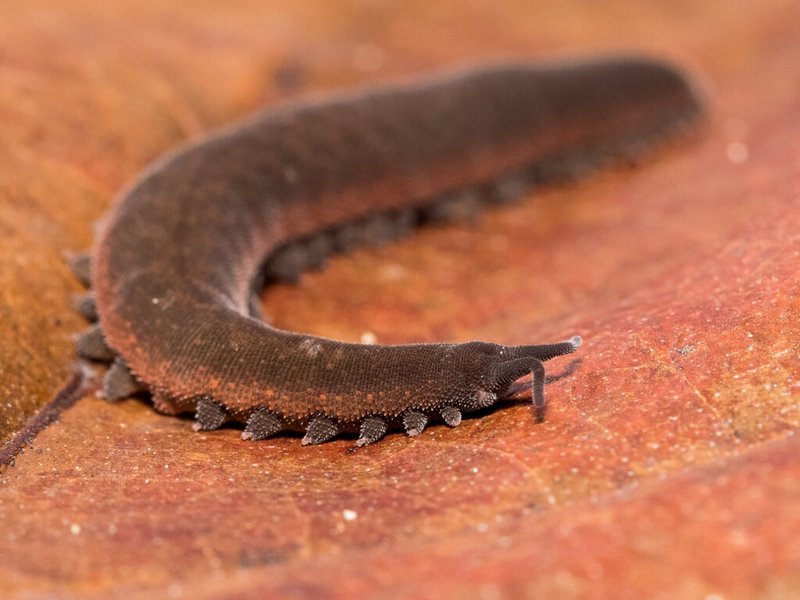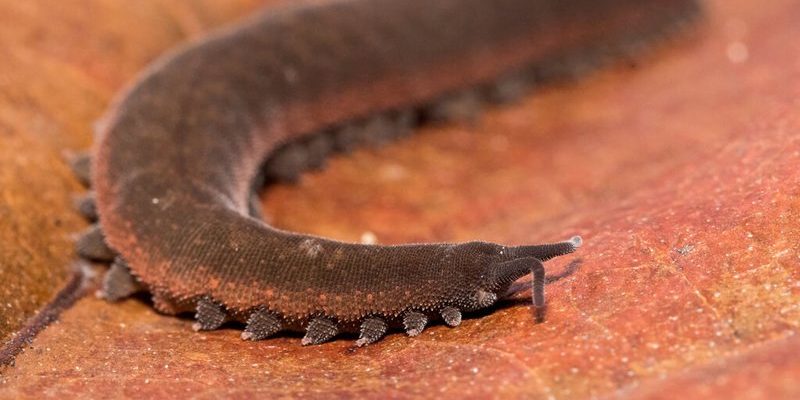
In recent years, nature documentaries have begun to highlight velvet worms and their unique hunting techniques, drawing viewers into their mysterious world. From their silky, colorful bodies to the way they capture prey, these documentaries provide an intimate look at a creature that thrives in the shadows. So, why are velvet worms making waves in the documentary scene? Let me explain how these little hunters operate, what makes them stand out, and why they’re worth our attention.
What Are Velvet Worms?
Let’s start with the basics. Velvet worms, scientifically known as *Onychophora*, are odd-looking invertebrates that reside in moist environments, primarily in tropical and subtropical regions. They can range from a couple of inches to almost a foot long, depending on the species. Their soft, velvety bodies can be a variety of colors, primarily greens, browns, and sometimes even bright hues that help them camouflage against the forest floor.
What’s particularly fascinating about velvet worms is how they relate to other species. Picture this: they’re ancient animals, with relatives dating back over 500 million years to the time of the dinosaurs. They’ve survived countless changes to the planet’s ecosystems. Yet, they’ve held onto their unique characteristics, showcasing how evolution can lead to both diversity and stability.
How Do Velvet Worms Hunt?
Here’s the thing about velvet worms: they’re not your typical hunters. Instead of pouncing on their prey, they have a much creepier approach. Velvet worms use their slime! Yes, you read that right. When they spot a potential meal—usually insects—they excrete a sticky, gooey substance that can ensnare their prey. This isn’t just any slime; it can stretch several times its length, trapping unsuspecting insects in a sticky embrace.
Once the prey is stuck, the velvet worm uses its sharp jaws to inject them with digestive enzymes. It’s a gruesome process but incredibly effective. Within moments, the insect is liquefied, allowing the velvet worm to slurp up its meal. It’s a bit like using a straw to consume dinner, but much more primal and raw.
Velvet Worms in Documentaries
Nature documentaries have a way of drawing viewers into the unknown, and velvet worms are no exception. Their unique hunting methods and intriguing physical features make them perfect candidates for captivating film segments. Documentaries like “The Secret Life of the Velvet Worm” offer a behind-the-scenes look at how these creatures live and hunt, showcasing their slime-spewing antics in real time.
But it’s not just about the visuals. These programs often delve into the velvet worm’s habitat, their behavior, and their role in the ecosystem. There’s a sort of magic to seeing the forest come alive through the lens of a documentary camera. The filmmakers capture the tension of the hunt, the beauty of the creatures, and the delicate balance of life. It’s enough to make you appreciate these slimy hunters on a whole new level!
The Importance of Velvet Worms in Ecosystems
You might be wondering why we should even care about velvet worms. After all, they’re not exactly household names. But they play a crucial role in their ecosystems. As predators, they help control insect populations, ensuring that no single species becomes too dominant. This balance is essential for healthy forest environments.
Additionally, velvet worms are an indicator species, meaning that their presence can tell you a lot about the health of an ecosystem. If velvet worms thrive in an area, it often means the environment is stable and supports a diverse range of life. So, protecting their habitats indirectly protects many other species, including ourselves.
Challenges Facing Velvet Worms
Unfortunately, it’s not all smooth sailing for these intriguing creatures. Velvet worms face threats from habitat destruction due to deforestation and climate change. As their moist environments vanish, so do their chances of survival. This makes their place in nature documentaries even more vital, as they raise awareness of the fragile state of these ecosystems.
Moreover, understanding velvet worms can help scientists in their research. They offer valuable insights into evolutionary biology and the adaptation of living things in challenging environments. By documenting their lives, filmmakers not only tell a fascinating story but also contribute to conservation efforts aimed at protecting these unique invertebrates.
So, what’s the takeaway here? Velvet worms might not be the most glamorous creatures, but they are a vital part of our world. Through captivating nature documentaries, we can learn about their unique hunting techniques, their essential role in ecosystems, and the challenges they face. Understanding these little creatures enriches our appreciation for biodiversity and the interconnectedness of life on Earth.
Honestly, next time you sit down to watch a nature documentary, keep an eye out for these slimy hunters. They might just surprise you with their skills and their story. Velvet worms remind us that even the smallest creatures can have a big impact, and they deserve a spot in the natural world—and in our hearts.

